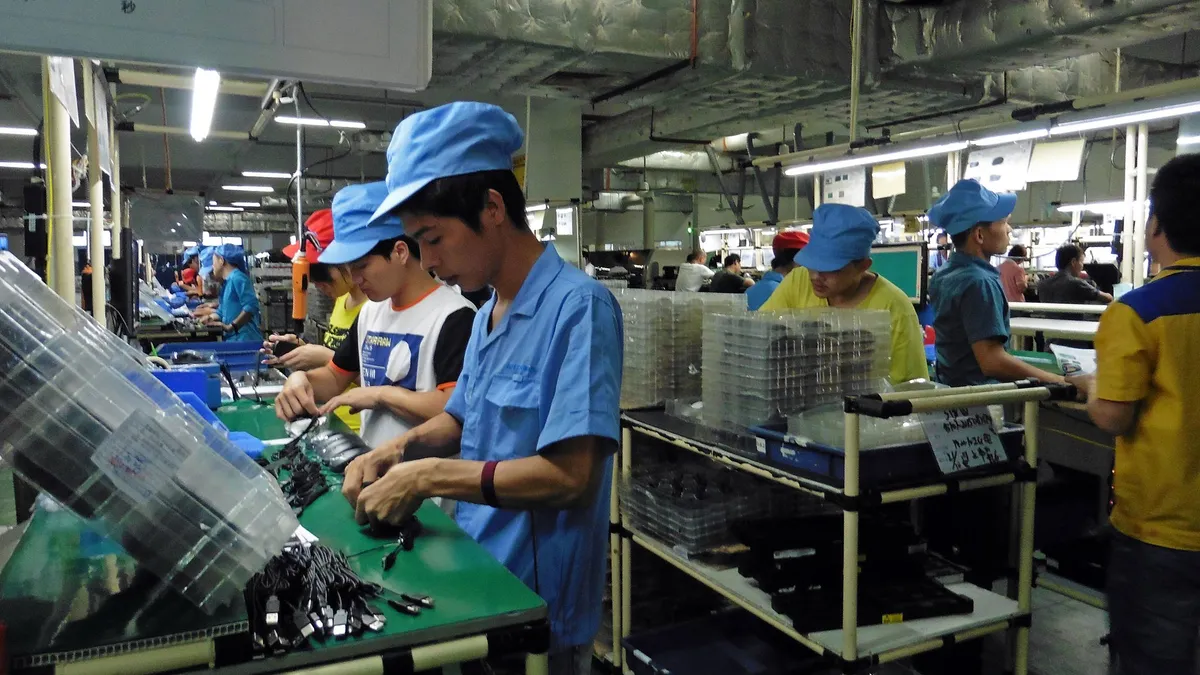Dive Brief:
-
Two-thirds of senior executives plan to increase investment in automation and AI during the recovery from COVID-19, while 107 million workers in eight countries may need to change occupations by 2030, according to a global McKinsey study.
-
About 20% to 25% of the workforce in advanced economies could work from home between three to five days per week, reducing needed office space by 30% on average and possibly decreasing demand for public transportation and downtown restaurants and retailers, the study found.
-
"In the computer-based office work arena, 70% of time could be spent working remotely without losing effectiveness, compared to most other arenas, where as little as 5% to 10% of work could be done remotely," researchers wrote.
Dive Insight:
In the year ahead, CIOs are enabling technology that can lower costs and improve efficiency throughout the organization. But companies and workers will probably need to make significant post-pandemic adjustments for the remainder of the decade, McKinsey said.
"The pandemic has, for the first time, elevated the importance of the physical dimension of work," according to McKinsey, which studied the extent to which several "work arenas" can operate without a loss of productivity or effectiveness.
It assigned a high "physical proximity score" to medical care and personal care such as gyms and hair salons, and a low score to transportation of goods and outdoor production and maintenance, such as farming and construction.
"COVID-19 may propel faster adoption of automation and AI, especially in work arenas with high physical proximity," researchers said.
IT executives who succeed at embedding emerging technologies in their company tech stack will align deployment with broader company goals, according to Gartner.
Many companies during the pandemic have used technology to reduce "workplace density," with meatpacking and poultry plants speeding up adoption of robotics, hospitals and hotels relying on delivery robots and stores replacing cashiers with self-checkout stations, according to McKinsey.
Companies will probably accelerate automation of "on-site customer interaction and computer-based office work arenas," where the share of workers who may be displaced could rise by seven to eight percentage points.
More than half of low-wage workers employed in declining occupations will probably need to shift to higher-paying work requiring different skills, McKinsey said. Healthcare, transportation, and jobs in science, technology, engineering and math will provide a growing share of employment opportunities, while retailing, hospitality, food service, production work and office support will offer a declining share.
"Across the eight focus countries, 107 million workers, or one in 16, will need to find a different occupation by 2030 in our post-COVID-19 scenario," McKinsey said. Researchers focused on China, France, Germany, India, Japan, Spain, the U.K. and U.S.
"Remote work and virtual meetings are likely to continue, albeit less intensely than at the pandemic’s peak, with knock-on effects for real estate, business travel and urban centers," McKinsey said. "Employers and employees who can work from home agree that remote work—at least for part of the workweek—is here to stay."
Companies will likely reduce business travel by 20% compared with pre-pandemic levels, the study found, which would have "a significant knock-on effect on employment in commercial aerospace and airports, hospitality and food service."














